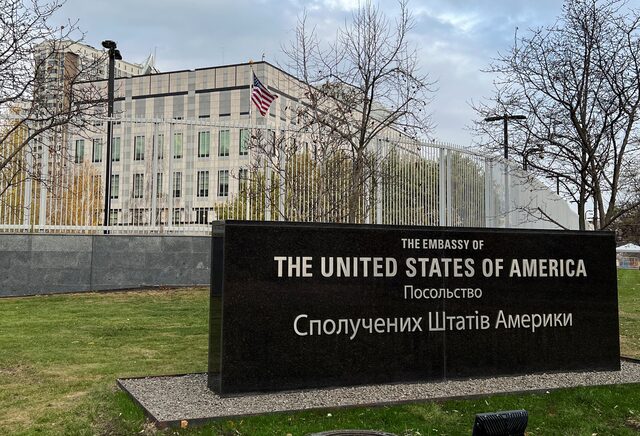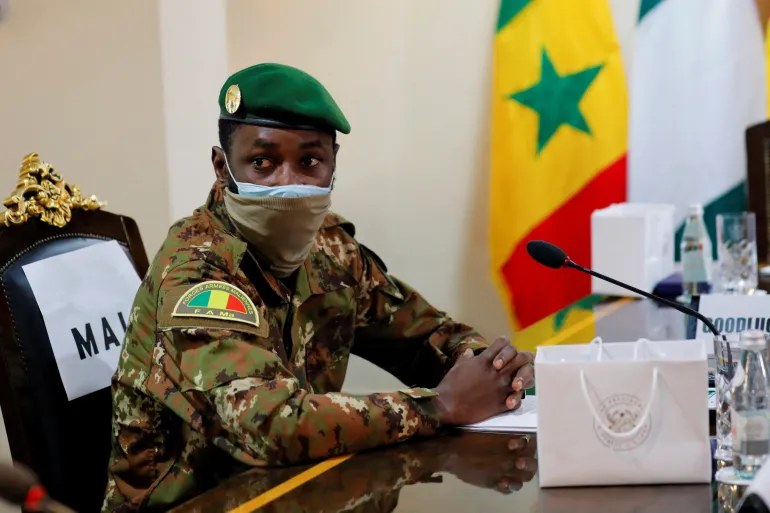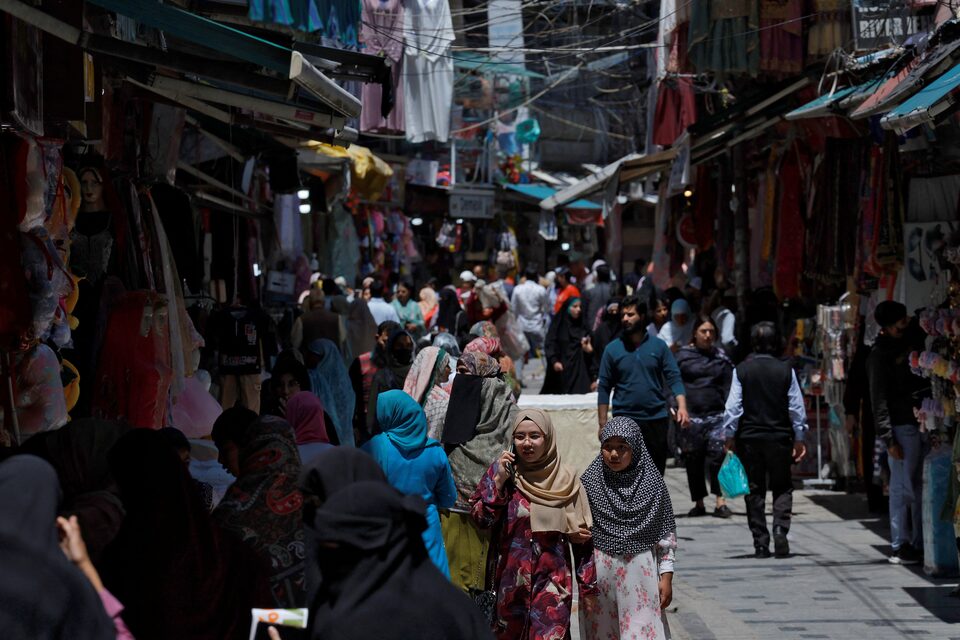In a bid to expand its influence in the Middle East, Iran devised an ambitious plan to rebuild war-torn Syria, mirroring the U.S. Marshall Plan post-World War II. A 33-page strategy document from 2022, uncovered by Reuters in Iran’s looted embassy in Damascus, detailed intentions to create economic dependency and political sway by investing in Syria’s reconstruction. The plan envisioned a “$400 billion opportunity” to recoup the billions spent supporting President Bashar al-Assad during the civil war.
Reuters interviewed a dozen Iranian and Syrian businessmen, investigated the web of Iranian companies navigating the gray zones of sanctions and visited some of Iran’s abandoned investments, which included religious sites, factories, military installations and more. Those investments were stymied by militant attacks, local corruption, and Western sanctions and bombing runs.
Among the investments was a €411 million power plant in coastal Latakia being built by an Iranian engineering firm. It stands idle. An oil extraction project is abandoned in Syria’s eastern desert. A $26 million Euphrates River rail bridge built by an Iranian charity linked to Supreme Leader Ayatollah Ali Khamenei collapsed under a U.S. coalition airstrike years ago, and was neither repaired nor fully paid for.
owever, these aspirations unraveled when rebels ousted Assad in December 2024. Iranian diplomats, military personnel, and companies hastily exited, leaving behind over $178 million in unpaid debts and numerous stalled projects, including power plants, oil ventures, and infrastructure developments. Challenges such as battlefield insecurity, corruption, sanctions, and Syrian bureaucracy impeded Iran’s efforts. Despite longstanding ties and extensive aid—including credit lines totaling $4.6 billion—Iran struggled to maintain influence as Russia outmaneuvered it in securing profitable Syrian sectors.
The new Syrian government, led by former rebels, has deprioritized honoring Tehran’s contracts. President Ahmed al-Sharaa stated, “The Syrian people have a wound caused by Iran, and we need a lot of time to heal.” This turn of events underscores the fragility of Iran’s imperial ambitions and the significant financial and geopolitical costs of its regional interventions.
Source; Reuters



